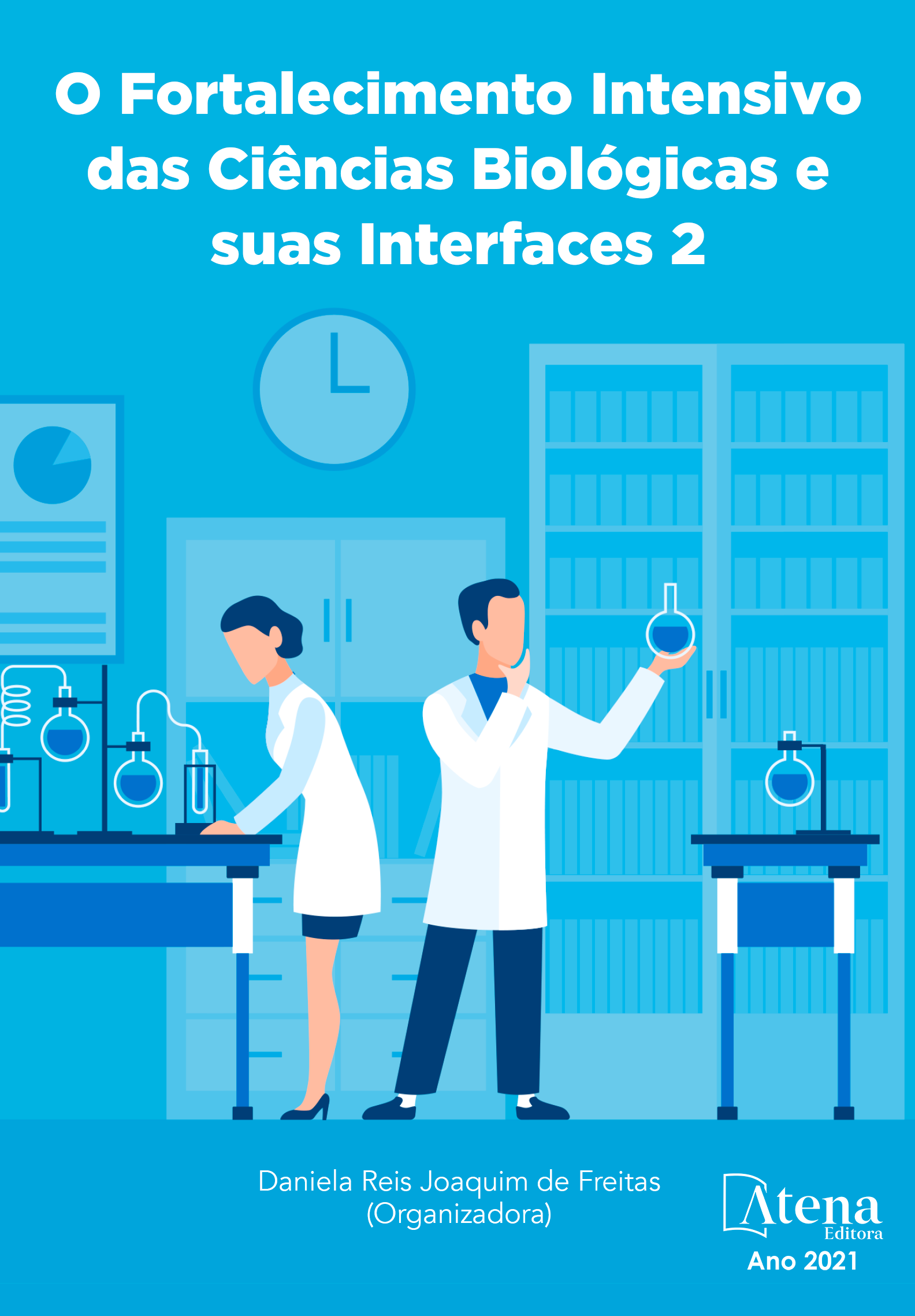
REPROGRAMAÇÕES METABÓLICAS EM MELANOMAS RESISTENTES AO TRATAMENTO QUIMIOTERÁPICO
Tem sido amplamente discutido que o melanoma, um dos tipos mais letais de câncer, pode adaptar temporariamente seu fenótipo após ciclos de tratamento quimioterápico ou devido à pressão microambiental para um fenótipo que apresenta maior resistência ao tratamento e se torna mais invasivo. Os dados disponíveis sugerem que processos recorrentes de reprogramação metabólica estão ativos em células resistentes que são dependentes do metabolismo mitocondrial, apresentando alterações na sua morfologia e dinâmica. Por um lado, há um fenótipo glicolítico baseado no efeito Warburg, caracterizado por células fermentadoras e com alta proliferação. Por outro lado, existe um fenótipo mais oxidativo, onde a principal fonte de produção de ATP é a fosforilação oxidativa mitocondrial. Este fenótipo pode ser representado por células com taxas de divisão lenta (também chamadas de células slow-cycling) e alta expressão do fator epigenético JARID1B (enzima histona lisina demetilase) e o regulador mestre da diferenciação de melanócitos (MITF). Aqui, revisamos aspectos da reprogramação metabólica do câncer, com foco no melanoma, e sua relação com a resistência à quimioterapia.
REPROGRAMAÇÕES METABÓLICAS EM MELANOMAS RESISTENTES AO TRATAMENTO QUIMIOTERÁPICO
-
DOI: 10.22533/at.ed.35721280517
-
Palavras-chave: melanoma, adaptação metabólica, mitocôndria, OXPHOS, quimio-resistência.
-
Keywords: melanoma, metabolic adaptation, mitochondria, OXPHOS, chemotherapy-resistance.
-
Abstract:
It has been widely discussed that melanoma, one of the most lethal types of cancer, can temporarily adapt its phenotype after cycles of chemotherapy or due to micro-environmental pressure for a phenotype that is more resistant to treatment and becomes more invasive. The available data suggests that recurrent metabolic reprogramming processes are active in resistant cells, which are dependent on mitochondrial metabolism, with changes in their morphology and dynamics. On the one hand, there is a glycolytic phenotype based on the Warburg effect, characterized by fermenting cells with high proliferation. On the other hand, there is a more oxidative phenotype, where the main source of ATP production is mitochondrial oxidative phosphorylation. This phenotype can be represented by cells with slow division rates (also called slow-cycling cells) and high expression of the epigenetic factor JARID1B (histone lysine demethylase) and of the master regulator of melanocyte differentiation (MITF). Here, we review aspects of metabolic reprogramming in cancer, with a focus on melanoma, and its relationship with resistance to chemotherapy.
-
Número de páginas: 22
- Ivi Juliana Bristot
- Fábio Klamt
- Camila Kehl Dias


